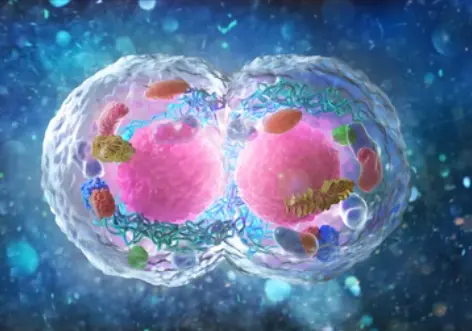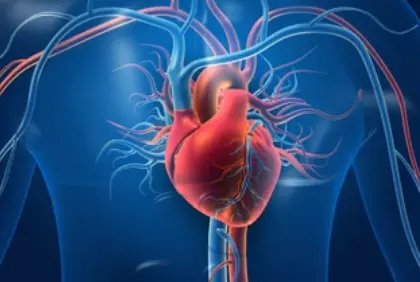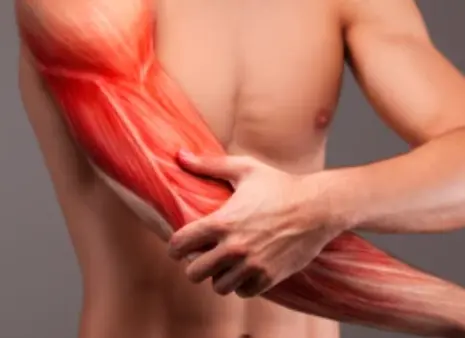 Welcome
Welcome
“May all be happy, may all be healed, may all be at peace and may no one ever suffer."
Loading...
Ichthyosis and dry skin conditions Generics
Ichthyosis and dry skin conditions - Generics
Ichthyosis is a group of genetic skin disorders characterized by dry, scaly, and thickened skin. The condition may affect different areas of the body, including the arms, legs, torso, and scalp. It may also affect other parts of the body, such as the nails and eyes.
In addition to ichthyosis, there are many other dry skin conditions that can cause similar symptoms, such as:
- Xerosis: This is a common condition in which the skin becomes excessively dry, rough, and scaly.
- Atopic dermatitis: Also known as eczema, this is a chronic inflammatory skin condition that causes dry, itchy, and inflamed skin.
- Psoriasis: This is a chronic autoimmune disorder that causes skin cells to grow too quickly, resulting in thick, scaly, and sometimes itchy patches of skin.
- Contact dermatitis: This is a type of eczema that occurs when the skin comes into contact with an irritant or allergen, causing redness, itching, and dryness.
Treatment for dry skin conditions and ichthyosis may include:
- Moisturizers: Using emollients and moisturizing creams can help hydrate the skin and prevent further dryness.
- Topical treatments: In some cases, topical medications such as corticosteroids or retinoids may be prescribed to reduce inflammation and improve skin texture.
- Lifestyle changes: Making changes such as avoiding hot showers or baths, using mild soap and detergents, and avoiding harsh chemicals or fragrances can help improve skin health.
- Systemic medications: In severe cases, oral medications such as retinoids or immune modulators may be prescribed to improve skin symptoms.
It is important to work with a healthcare professional to determine the best treatment plan for individual needs and to monitor for any potential side effects of treatment.

Adjunct to IVF procedures...
Reproduction disease

Endocarditis
Heart disease

Pulmonary oedema
Lung disease

Aural infections
Infections

Muscle relaxant in genera...
Muscle disease

Schizophrenia
Mental disease

Tic disorders
Disorder

Metastatic Testicular Tum...
Metabolic
Searching Keywords Idea
Ichthyosis and dry skin conditions, ইচথিয়োসিস এবং শুষ্ক ত্বকের অবস্থা
Bangladesh is Number One in Digital Medical Management.
To be happy, beautiful, healthy, wealthy, hale and long-lived stay with DM3S.
To be happy, beautiful, healthy, wealthy, hale and long-lived stay with DM3S.